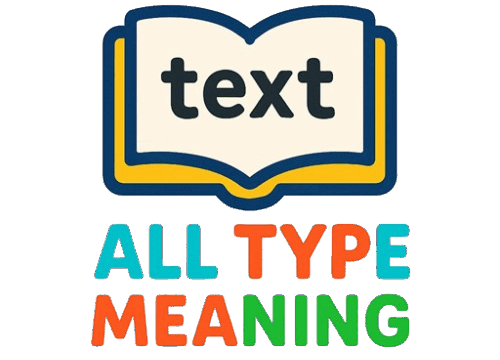Contraction Meaning: What Are Contractions? 🤔
In simple terms, a contraction is a shortened form of two words that are combined using an apostrophe. Contractions are widely used in everyday language to make speech and writing quicker and more casual. For example, “I am” becomes “I’m,” and “do not” becomes “don’t.” These shortened forms make communication easier, especially in informal settings.
How Do Contractions Work? 📚
A contraction involves combining two words and removing one or more letters. The missing letters are replaced with an apostrophe. Here’s how it works:
-
“I am” becomes “I’m”
-
“You are” becomes “You’re”
-
“Do not” becomes “Don’t”
-
“Can not” becomes “Can’t”
Contractions can be formed from auxiliary verbs, pronouns, and even negations, making them a versatile part of our language.
Common Types of Contractions ✍️
-
Pronoun + Verb:
These contractions combine a pronoun with a verb. Examples include:-
I’m (I am)
-
She’s (She is)
-
We’re (We are)
-
-
Verb + Not:
Negation contractions combine a verb with “not.” Examples include:-
Can’t (Cannot)
-
Won’t (Will not)
-
Don’t (Do not)
-
-
Pronoun + Have:
Some contractions shorten pronouns and “have” for quicker speech. Examples include:-
I’ve (I have)
-
You’ve (You have)
-
They’ve (They have)
-
Why Do We Use Contractions? 📖
Contractions make spoken and written language sound more natural and less formal. They’re especially helpful in informal conversations, casual writing, or everyday speech. Here are a few reasons why contractions are used:
-
Saves time: Contractions help people speak and write more quickly. Instead of saying “I am going,” we say “I’m going.”
-
Sounds natural: In everyday conversations, contractions create a more relaxed tone, making communication easier.
-
Convenience: Shortened words make it simpler to express ideas in less space, making reading and writing faster.
While contractions are great for informal language, they are typically avoided in formal writing, such as academic papers, professional emails, or business reports.
Common Contractions You Should Know 📋
Here are some of the most commonly used contractions in English:
-
I’m (I am)
-
You’re (You are)
-
He’s/She’s/It’s (He is/She is/It is)
-
We’re (We are)
-
They’re (They are)
-
Don’t (Do not)
-
Can’t (Cannot)
-
Won’t (Will not)
-
Isn’t (Is not)
-
Wasn’t (Was not)
Conclusion: Mastering Contractions for Better Communication ✨
Understanding the contraction meaning is an essential part of mastering the English language. By using contractions, you can speak and write more naturally, making your communication smoother and more efficient. Remember, while contractions are great for informal language, it’s important to know when to use them appropriately—such as in casual conversations or everyday writing.
Now that you have a better understanding of contractions, you’re ready to incorporate them into your language skills with ease!
Final Thoughts
If you found this guide helpful and want to explore more meanings, full forms, and definitions, visit Alltypemeaning.com for a comprehensive guide on all kinds of meanings from different fields. Keep learning and enhancing your knowledge! ✨

